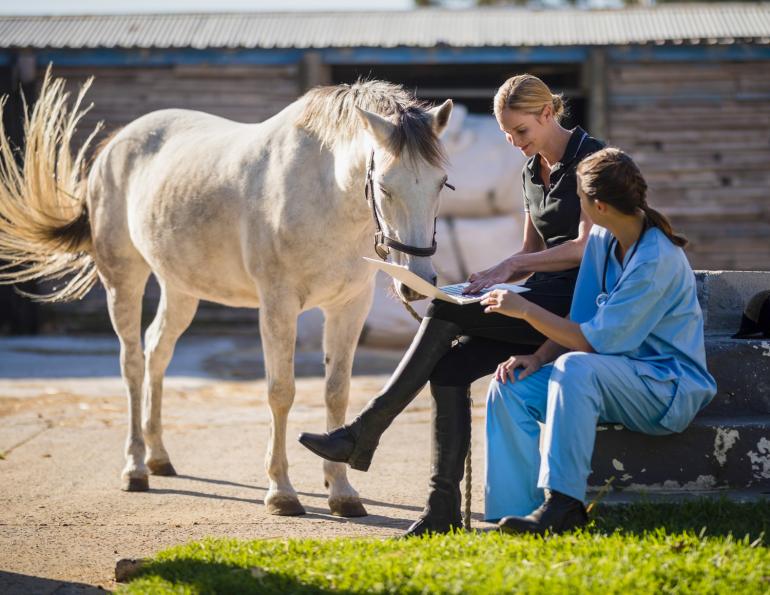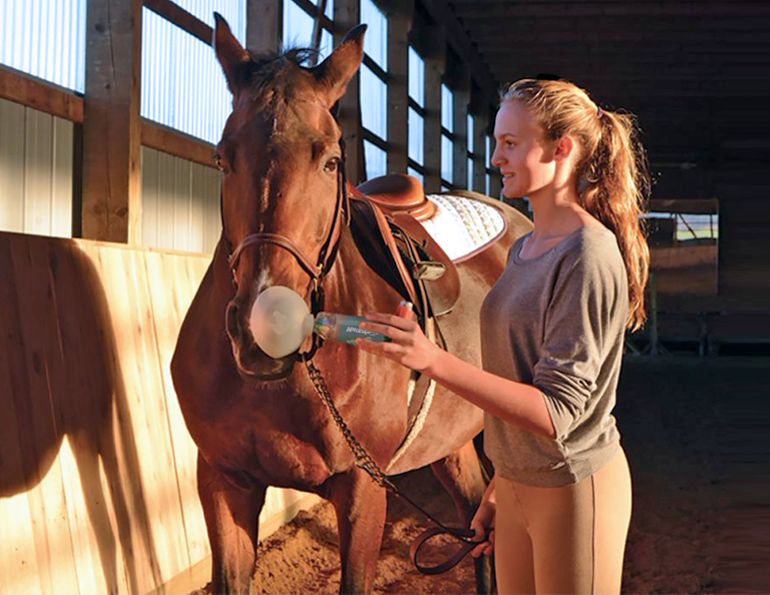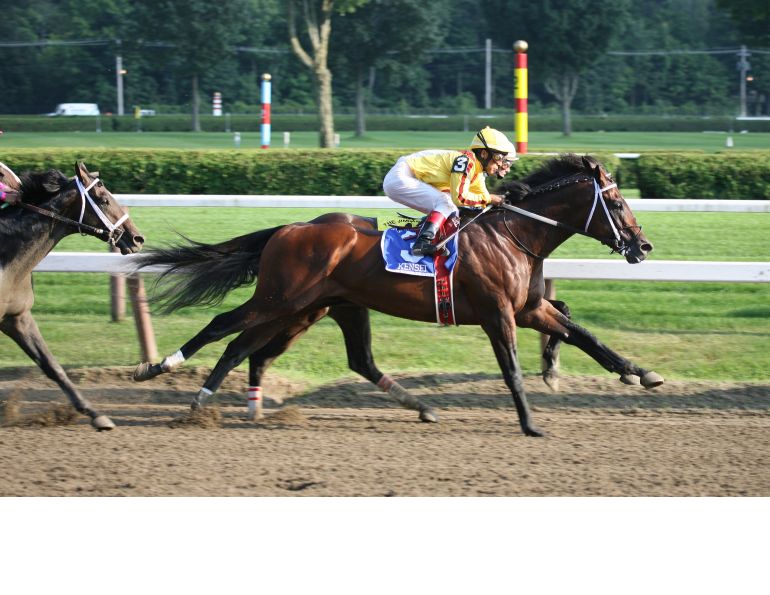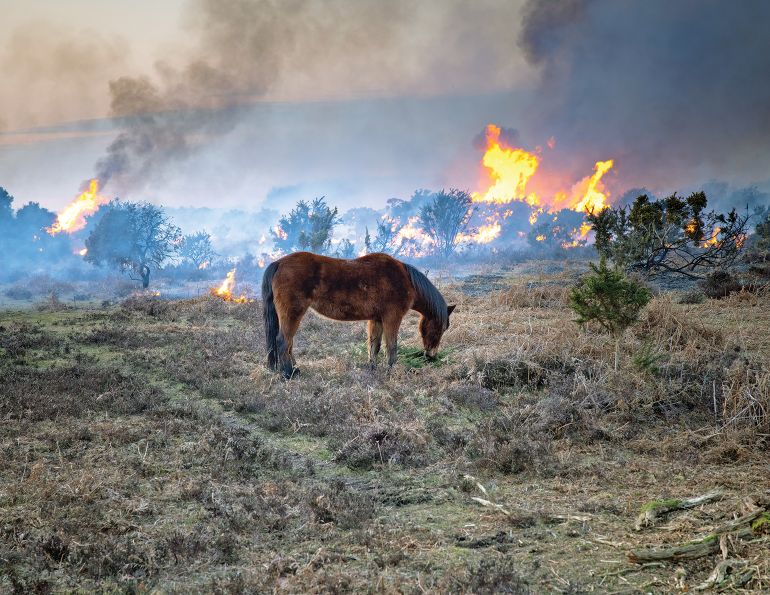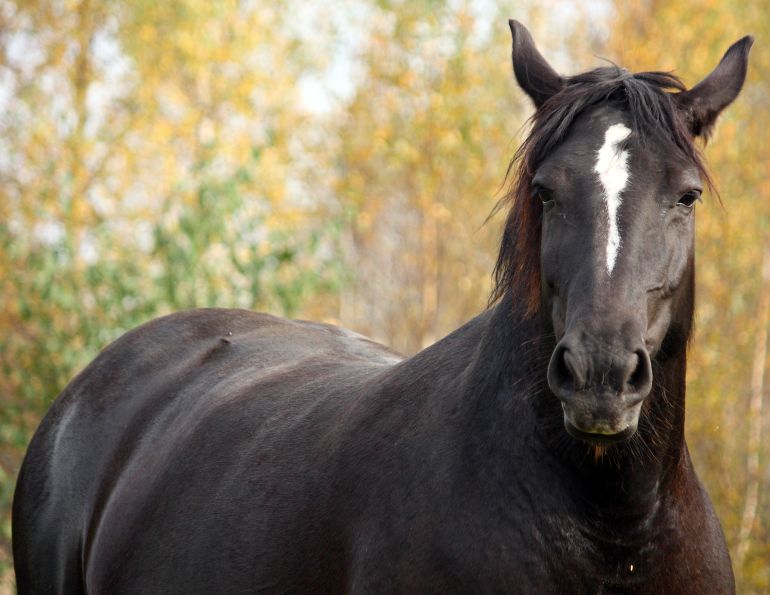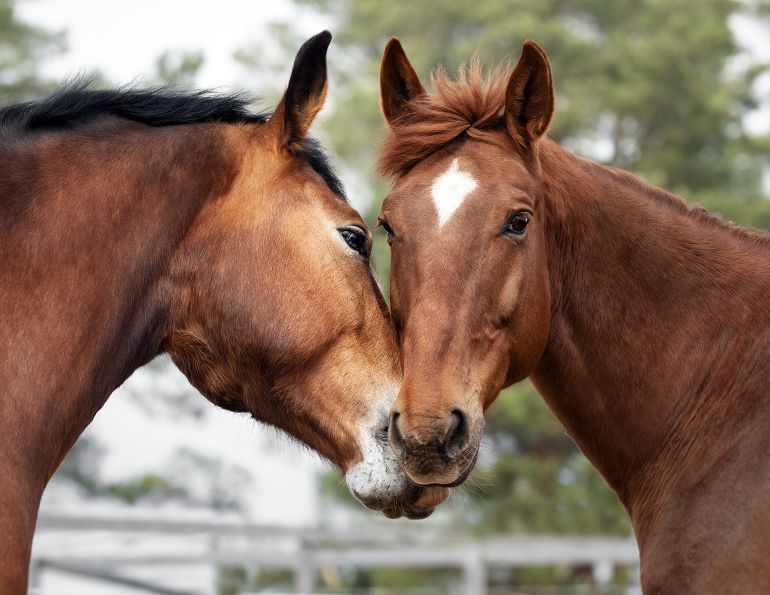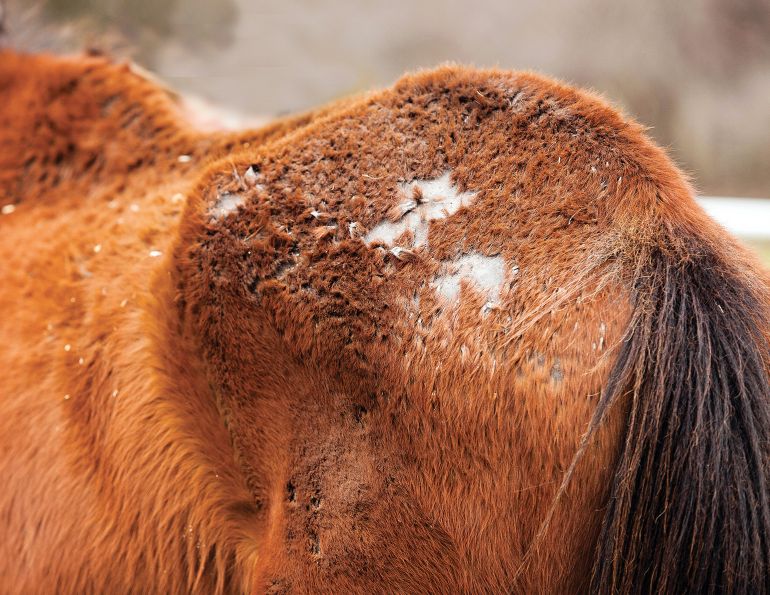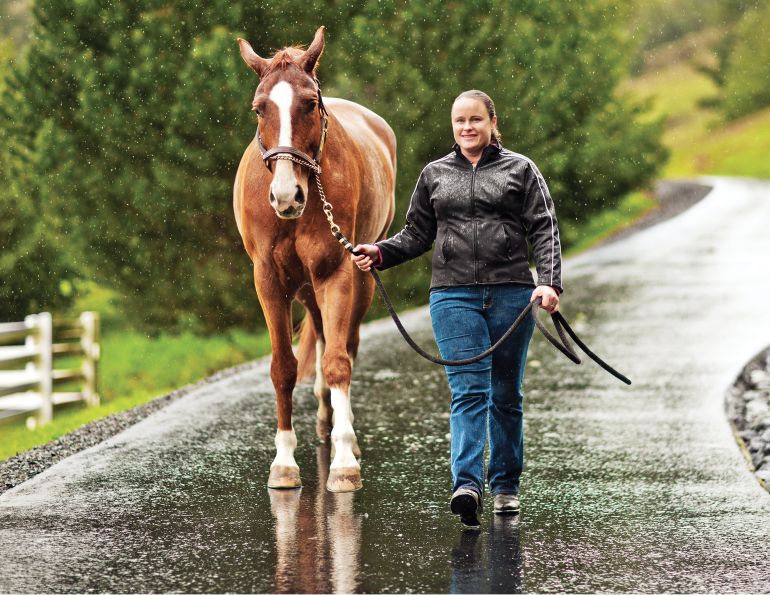UC Davis Center for Equine Health
Salmonellosis is a disease associated with the bacteria Salmonella enterica that causes diarrhea in horses and humans. It is usually seen sporadically but may become an epidemic depending on the virulence of the organism, level of exposure, and host factors.
In horses, the bacteria are transmitted through contaminated feed or water, or by direct contact with infected individuals or surfaces that have been contaminated with manure from an infected individual. Mice, barnyard chickens, pigeons, and wildlife can be sources of Salmonella. Some horses are carriers that do not show any signs of disease but can actively transmit the organism.
Stress appears to play an important role in the progression of the disease. Surgery, transportation, or changes in feed, concurrent disease (particularly gastrointestinal disorders such as colic), or treatment with broad-spectrum antimicrobial drugs often precede diarrhea. Asymptomatic carriers can become sick when under stress. Severe cases can be fatal if not treated.

Sources of Salmonella include contaminated feed or water, and direct contact with infected individuals or surfaces. For this reason, never allow your horse to eat off the ground at shows and events. Photo: Dreamstime/Justk8
Clinical Signs
The clinical signs of salmonellosis in adult horses can include diarrhea, lethargy, fever, anorexia, and colic. Affected horses may be more susceptible to infection. Once recovered, these horses may continue to shed the bacteria in their feces, potentially transmitting it to other horses.
Some adult horses are subclinical shedders that do not show clinical signs but have the potential to transmit the bacteria to susceptible horses by direct contact or contamination of feed, water, or the environment. If stressed, carriers may develop clinical signs.
Clinical signs in foals are more serious and include hemorrhagic diarrhea, pneumonia, meningitis, physitis, and septic arthritis.
Diagnosis
Horses are diagnosed with Salmonella based on clinical signs, evidence of low numbers of white blood cells (neutropenia), and identification of the bacteria by fecal culture. PCR testing may help to more rapidly identify Salmonella.
Multiple fecal cultures may be necessary to identify low-level shedders because the microorganism is shed in the feces intermittently and in small numbers.
Treatment
Treatment for salmonellosis is primarily supportive, consisting of fluid and electrolyte administration, as well as the use of intestinal protectants. Systemic antimicrobials are used only when the risk of septicemia is high, such as when treating young, elderly, and immunocompromised patients, or when treating particularly invasive strains such as Salmonella typhimurium. The use of antibiotics has little benefit in treating primary gastrointestinal infections, does not eliminate subclinical states, and may contribute to the development of antibiotic resistance.
Affected horses should be isolated with biosecurity protocols in place.
Prognosis
The prognosis for horses with salmonellosis varies. Some never show clinical signs, whereas others become sick and require veterinary care and treatment. In some cases, horses die as a result of Salmonella infection.
Prevention
Healthy horses are at lower risk of becoming sick with Salmonella than horses that are sick or stressed, so it is important to practice good horse care and management.
To prevent the introduction of Salmonella, it is important to have a biosecurity plan. Do not allow horses to eat off the ground at shows and events, and be sure to disinfect shoes and equipment. Disinfectants, including accelerated hydrogen peroxide (AHP) products (such as Accel®) or two percent Peroxymonosulfate (Virkon™ S) are active against Salmonella. Horses new to the premises should be isolated for at least three weeks to ensure they are healthy before allowing them to interact with the resident population.
Related: Diseases with Horse-to-Human Transmission
Printed with the kind permission of the UC Davis Center for Equine Health. The UC Davis Center for Equine Health is dedicated to advancing the health, welfare, performance and veterinary care of horses through research, education and public service. https://ceh.vetmed.ucdavis.edu.
Main Photo: Dreamstime/Rancho




